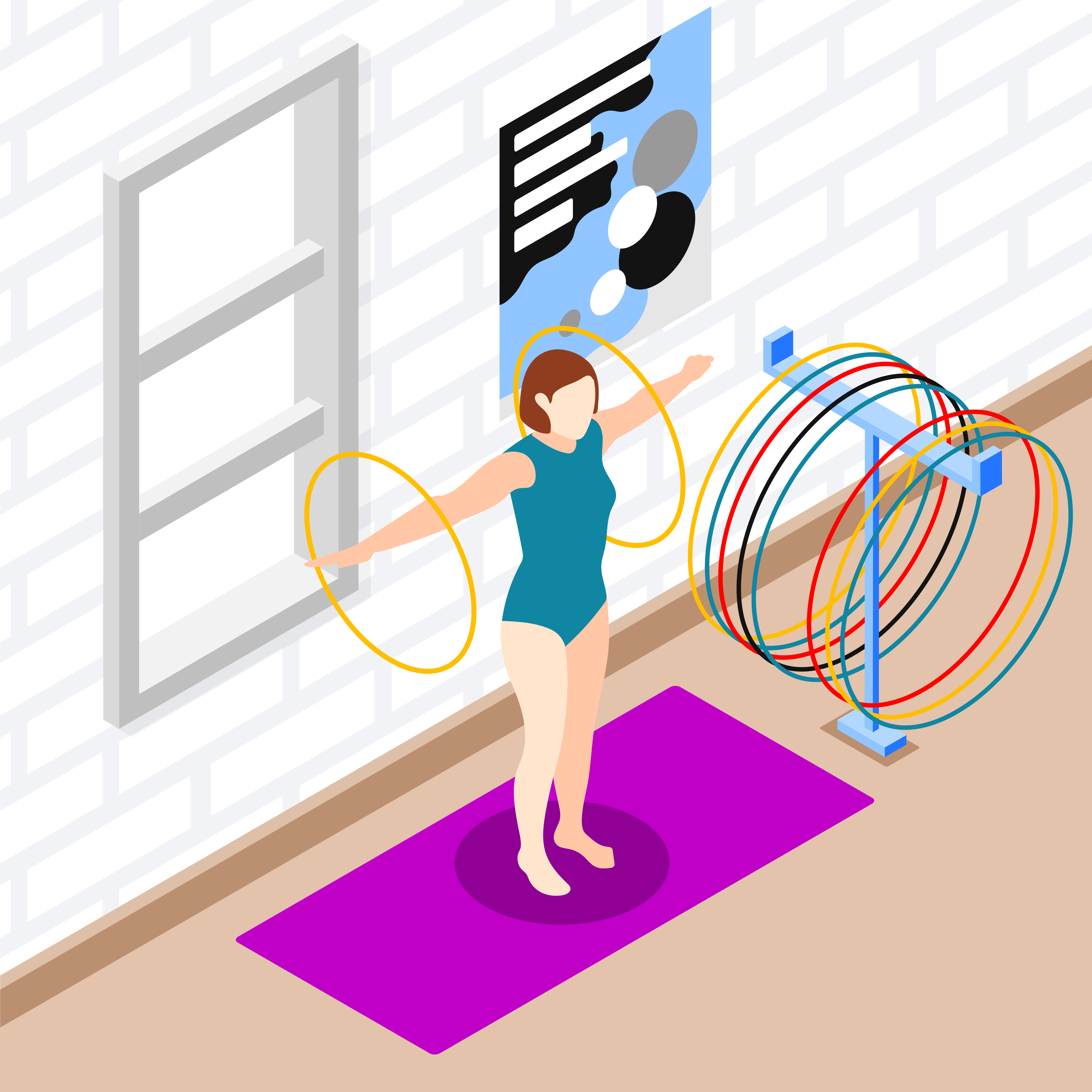
Cervical Spondylosis and Exercise: Tailored Workout Plans for Pain Relief
Dealing with neck pain and stiffness from cervical spondylosis can be tough, but exercise can be a game-changer. In this blog, we’ll explore how tailored workout plans can help relieve pain and improve mobility for individuals with cervical spondylosis.
Understanding Cervical Spondylosis
Cervical spondylosis, also known as neck arthritis, occurs when the discs and joints in the neck degenerate over time due to wear and tear. This can lead to symptoms like neck pain, stiffness, and headaches.
The Benefits of Exercise
Exercise can play a crucial role in managing cervical spondylosis by:
- Strengthening Muscles: Strengthening the muscles supporting the neck can help improve stability and reduce strain on the cervical spine.
- Improving Flexibility: Stretching exercises can help improve flexibility in the neck muscles and improve range of motion.
- Promoting Blood Flow: Physical activity promotes blood flow to the neck, which can help reduce inflammation and alleviate pain.
Tailored Workout Plans
When it comes to exercise for cervical spondylosis, it’s essential to focus on low-impact activities that strengthen and stretch the neck muscles without exacerbating symptoms. Here are some exercises that may be beneficial:
- Neck Stretches: Gentle neck stretches can help relieve tension and improve flexibility. Try exercises like neck rotations, side bends, and chin tucks.
- Shoulder Shrugs: Shoulder shrugs can help strengthen the muscles in the shoulders and upper back, which support the neck. Lift your shoulders towards your ears, hold for a few seconds, and then relax.
- Chest Openers: Chest openers can help improve posture and relieve tension in the neck and shoulders. Stand tall with your arms behind your back, interlace your fingers, and gently lift your arms away from your body.
- Low-Impact Cardio: Activities like walking, swimming, or cycling can provide cardiovascular benefits without putting too much strain on the neck.
Conclusion
Exercise can be a powerful tool for managing cervical spondylosis and improving quality of life. By incorporating tailored workout plans into your routine, you can strengthen muscles, improve flexibility, and alleviate pain in the neck. Remember to start slowly, listen to your body, and consult with a healthcare professional before starting any new exercise program.
To seek medical advice, always consult a Doctor. Here are our recommended experts. Click Here
To read more on Cervical Spondylosis. Click Here


